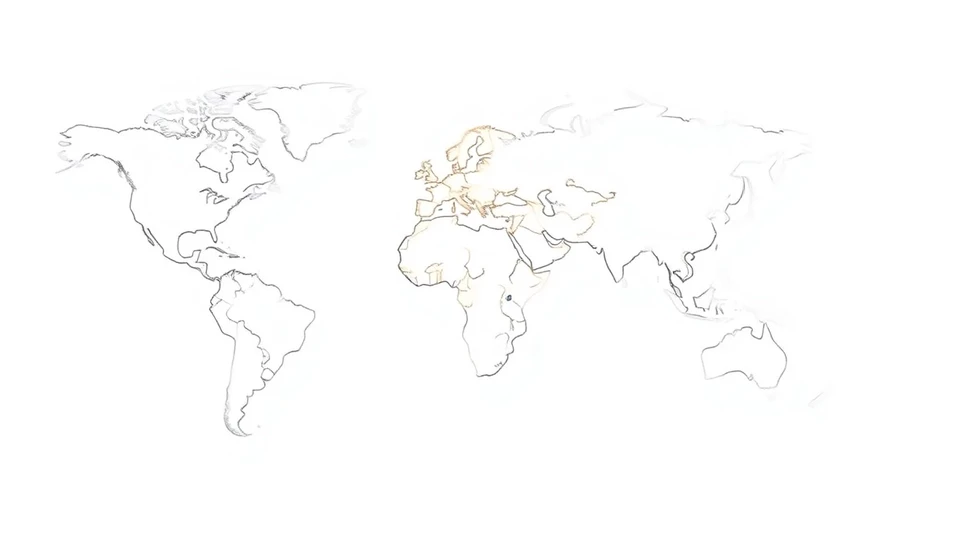
The World Bank has recently revised its growth forecasts for the developing regions of East Asia and the Pacific, marking a significant adjustment in the global economic landscape. According to the latest report, these regions are projected to exhibit the fastest growth rates among major global economies, primarily driven by robust domestic demand and a rebound in consumer spending.
This newly updated forecast reflects a growing confidence in the economic recovery of countries such as China and Vietnam, which are expected to lead the way in this rapid growth. The World Bank has increased its growth outlook for East Asia and the Pacific to 5.1% for the year 2024, a notable upward adjustment from previous estimates. This assessment suggests a return to pre-pandemic growth rates as nations in the region begin to emerge robustly from the economic disruptions caused by COVID-19.
China, which has historically been a significant driver of growth within the region, is anticipating a growth rate of around 5.1% as it continues to rebound from the pandemic's impact. The projected improvement is largely attributed to the removal of strict lockdown measures and a boost in consumer confidence that is paving the way for increased household spending.
In addition to China, various other countries are also seeing promising economic indicators. Vietnam, for example, is expected to maintain its impressive growth trajectory thanks to its strong export performance and foreign investment, alongside its strategic position in global supply chains.
However, the World Bank has also issued a warning regarding the potential risks that could hinder growth. Among these are high inflation rates, geopolitical tensions, and ongoing supply chain disruptions that may pose challenges as countries strive to maintain their upward trajectory. The ongoing repercussions from the conflict in Europe and fluctuations in energy prices loom large over the economic predictions.
Despite these challenges, the focus remains optimistic, with the World Bank emphasizing the need for labor market adjustments and policies that support innovation and sustainable growth. As governments enact reforms to enhance the business environment, it could further catalyze the region's economic development.
The updated forecast comes at a crucial time as policymakers and business leaders navigate the post-pandemic landscape, seeking opportunities to leverage the region's growth potential while addressing the inherent challenges of an unstable global economy.
Overall, the World Bank's report serves as a beacon of optimism for East Asia and the Pacific, highlighting the region's resilience and adaptability as it moves forward into 2024. The focus on domestic consumption and strategic investments will be critical in sustaining the growth momentum and ensuring long-term economic stability.
As the world observes these developments, the attention will be on how effectively the region can capitalize on its growth opportunities and what measures will be employed to mitigate risks that could undermine its progress.
In conclusion, the upward revision of the World Bank's growth forecast underlines the potential for significant recovery in East Asia and the Pacific, setting the stage for a dynamic and promising economic future.
#EastAsiaGrowth #WorldBankForecast #EconomicRecovery #China #Vietnam #EmergingMarkets #GlobalEconomy #InflationChallenges #SustainableGrowth #ConsumerSpending
Author: Rachel Greene




